1. Fairhope, Alabama
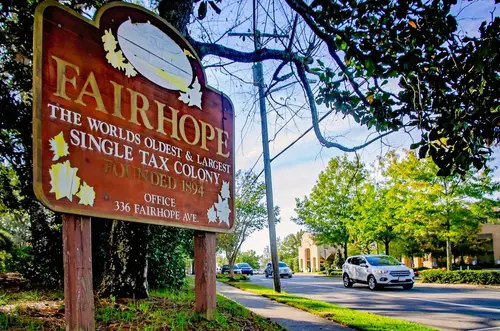
Fairhope sits on the eastern shore of Mobile Bay, with live oaks, art galleries, and a gentle coastal vibe. Retirees are drawn here for Alabama’s tax perks, including no state tax on Social Security, and the walkable downtown. As more older buyers move in with steady savings, home demand quietly rises. Prices here have outpaced many neighboring communities, driven largely by those looking to downsize in style.
What’s happening is subtle but real—affluent retirees buy in, and local listings tighten. Residents notice homes spending less time on the market. It’s not a speculative boom, just a steady climb powered by retiree interest. Fairhope manages to feel both charming and increasingly in demand.
2. Prescott, Arizona
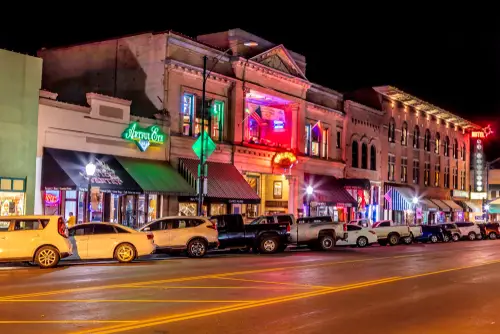
Prescott offers retirees a mountain climate without Phoenix’s sprawl. Its Old West character and four mild seasons make it a magnet for active seniors. As retirees pour in, they’ve driven real estate holdings past $27 billion in the region. That wealth translates into slowly climbing home prices, even in modest neighborhoods.
Locals see it in subtle ways—golf courses are busier, new medical centers are opening, and housing feels just a touch more expensive each year. Retirees love the mix of affordability and outdoor living. It’s not a market on fire, but it’s undeniably warming. Prescott quietly shows how retiree demand transforms a town.
3. Marion, North Carolina
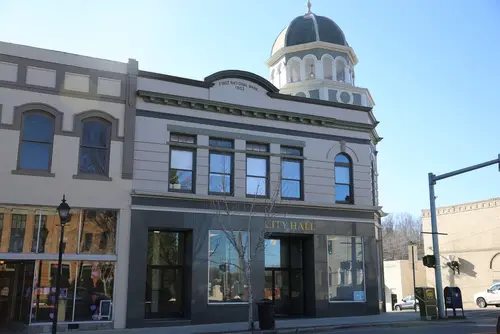
Marion is a Blue Ridge Mountain town where homes once lingered below $200K but are now rising steadily. It won “Small Town of the Year” in 2018, thanks to its revitalized downtown and community spirit. Retirees looking for mountain charm without Asheville’s prices are the main drivers of this shift. They bring steady buying power, which nudges demand higher than the town can easily absorb.
The change is slow but noticeable—more houses being snapped up, prices inching upward, and new restaurants opening. Retirees like the relaxed pace but don’t mind paying a little more for it. Marion remains community-focused, but its affordability edge is shrinking. It’s a classic case of quiet retiree-driven growth.
4. Reidsville, North Carolina
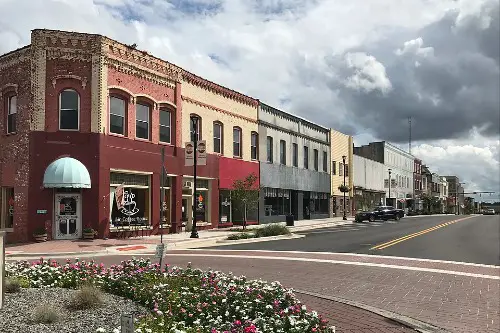
Reidsville, tucked in Rockingham County, used to be considered an overlooked textile town. But retirees are rediscovering it for its affordable homes and proximity to Greensboro. Median home values around $190K are attractive, but as retirees settle in, those numbers are slowly rising. It’s happening without fanfare, just steady demand.
The appeal is its small-town feel with access to healthcare and cultural events nearby. Retirees appreciate that balance and are willing to pay slightly higher prices than locals expect. Neighbors notice more out-of-state buyers showing up at open houses. Quietly, Reidsville is changing.
5. Coeur d’Alene, Idaho
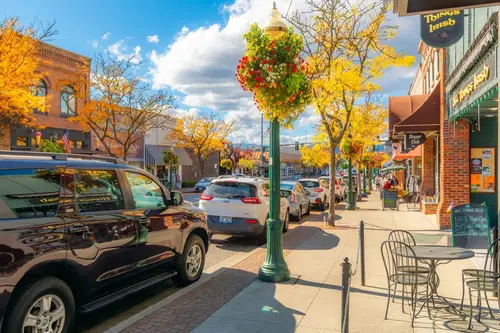
Coeur d’Alene has always been known for its lakeside beauty, but retirees have turned it into a serious hotspot. They come for outdoor recreation and relative affordability compared to the West Coast. With demand steadily rising, the housing market here has heated up significantly over the past two decades. Yet it still feels like a small town wrapped around the lake.
The growth is fueled by retirees cashing out of pricier markets. They buy into waterfront homes or condos, and the ripple effect spreads across the region. Prices don’t spike overnight—they climb year after year. Coeur d’Alene is a postcard town that retirees are quietly making more expensive.
6. Hermitage, Pennsylvania
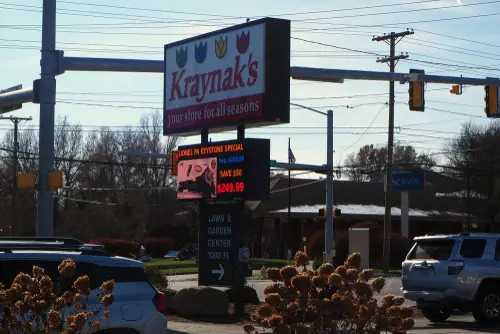
In western Pennsylvania, Hermitage offers retirees affordable homes and low taxes on retirement income. With a median home value around $154K, it has long been an accessible market. But retirees seeking both value and healthcare access have put upward pressure on prices. Buhl Park and golf courses only sweeten the deal.
The market shifts slowly—homes are selling a little faster and edging up in price each year. Retirees appreciate the balance of affordability and amenities. Their steady buying power keeps the curve bending upward. Hermitage remains friendly, but it’s not quite the bargain it used to be.
7. West Chester, Pennsylvania
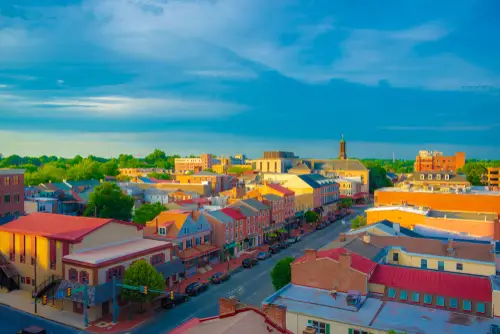
This historic town near Philadelphia has become one of the most searched-for small towns on Zillow. Retirees are drawn by walkability, cultural offerings, and healthcare access. With that interest, home prices have climbed about 8% in recent years. It’s a subtle but consistent rise tied directly to retiree migration.
West Chester blends historic architecture with modern convenience. That charm means retirees are willing to pay above asking to get in. Locals see bidding wars becoming a little more common. It’s still quaint, but it’s no longer cheap.
8. Fargo, North Dakota
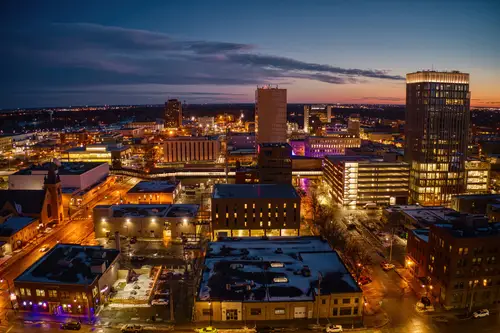
Fargo might not sound like a retirement hub, but its affordability and healthcare access have made it surprisingly appealing. Housing costs are about 9% below the national average, drawing retirees on a budget. As they settle in, their demand helps push the market steadily upward. It’s not dramatic, but it’s real.
The community offers cultural events and a college-town atmosphere without high costs. Retirees appreciate the mix of activity and low living expenses. That combination slowly tightens the housing market. Fargo is growing on retirees—and it shows in the numbers.
9. Barnstable Town, Massachusetts
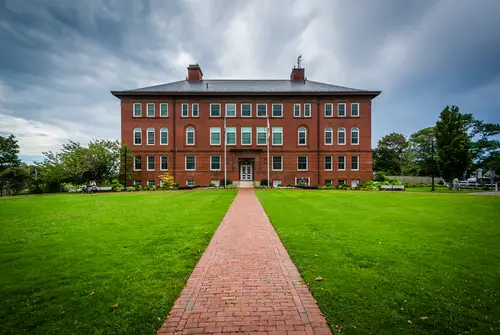
Barnstable, at the heart of Cape Cod, has retirees owning over $30 billion in real estate. The appeal is obvious: ocean breezes, small-town charm, and tax incentives for older homeowners. Those factors steadily push up property values, especially for seasonal or second homes. It’s a quiet but powerful driver of demand.
Locals know that Cape Cod summers now come with busier real estate offices. Retirees compete for cottages and condos, edging prices higher each year. It’s not explosive growth—it’s a steady climb. Barnstable remains classic Cape Cod, just with fewer bargains.
10. Door County, Wisconsin
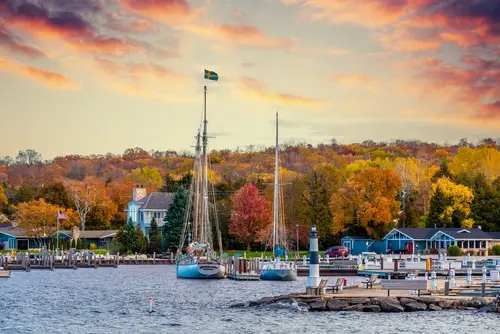
Door County’s natural beauty, from Green Bay to Lake Michigan, makes it a magnet for retirees. Home prices here have risen nearly 180% since the 1980s, a steady march fueled by retiree demand. Limited inventory means even modest buying pushes prices upward. It’s a long-term, quiet shift that continues today.
Retirees love the combination of small-town life, waterfront access, and cultural festivals. Their steady arrival makes each season feel a little busier. Housing gets tighter, prices nudge upward, and the county slowly becomes pricier. Door County hasn’t lost its charm, but it’s not as hidden as it once was.
11. Georgetown (Sun City), Texas
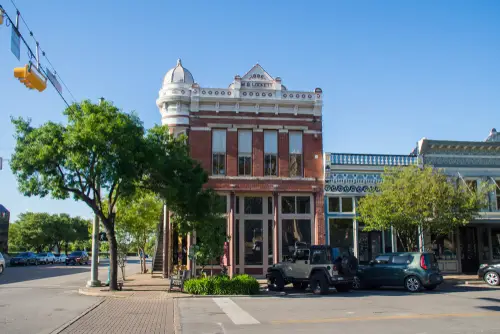
Georgetown, just north of Austin, is home to Sun City, one of the largest retirement communities in the country. Retirees from across the U.S. settle here for mild weather and no state income tax. That influx has pushed demand in the broader Georgetown market upward. It’s a ripple effect felt beyond the gated neighborhoods.
Shops, services, and medical centers have expanded to serve retirees. With that growth, housing prices across the region have climbed. It’s not a frenzy, but it’s steady pressure. Georgetown still feels small-town, but it’s evolving.
12. North Port, Florida
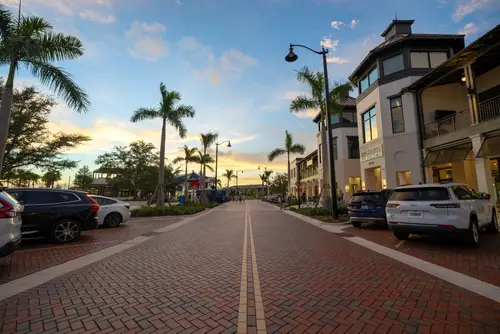
North Port, part of the Sarasota metro, has become one of the wealthiest retiree markets in the country. Boomers hold nearly $100 billion in property here. That scale of retiree wealth inevitably pushes prices upward across the community. It’s not loud, but it’s significant.
Florida’s no state income tax policy adds to the attraction. Retirees keep arriving, and the housing market absorbs them at steadily higher prices. Locals have noticed homes selling faster and for more than a few years ago. North Port has quietly become a retiree stronghold.
13. Naples, Florida
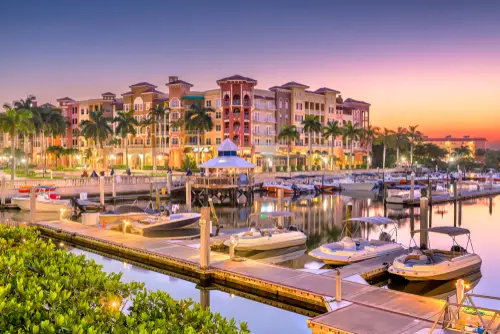
Naples and nearby Marco Island are famous for luxury, but retirees own around $70 billion in real estate here. That concentrated wealth fuels consistent price growth. Even smaller condos and inland homes are caught in the ripple. Demand is retiree-driven, steady, and long-term.
Naples still has a laid-back feel with beachside charm. But locals know affordability has slipped away slowly over the years. The retiree influence isn’t flashy—it’s relentless. Naples is a classic case of quiet, powerful price pressure.
14. Pompton Plains, New Jersey
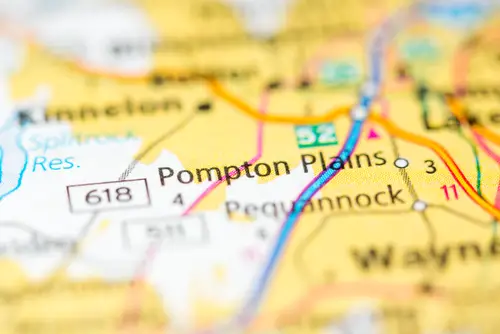
Pompton Plains offers retirees suburban calm within reach of New York City. Its healthcare access, particularly Chilton Medical Center, makes it attractive. As more retirees settle here, they’ve put subtle upward pressure on home prices. It’s still quiet, but it’s changing.
The draw is balance: a leafy, safe town with easy access to the city. Retirees like the mix of peace and convenience. That mix comes at a price, which has been rising bit by bit. Pompton Plains remains small-town at heart, just pricier than before.
15. Muncie, Indiana
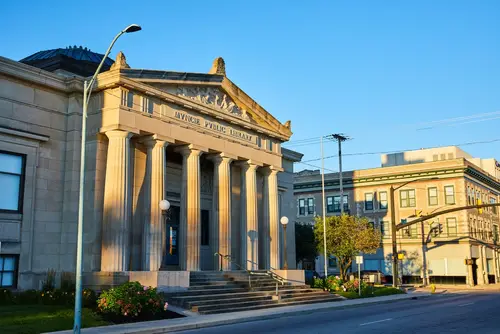
Muncie may be known for Ball State University, but retirees are increasingly part of its story. With home values averaging around $128K, affordability is the big draw. Retirees seeking low costs and easy living have helped demand tick upward. It’s not dramatic, but it’s steady.
The mix of arts, education, and small-town pace appeals to newcomers. Retirees arrive, buy modest homes, and bring new spending to the community. Housing reflects that with slightly higher prices each year. Muncie remains budget-friendly, but retirees are changing the curve.
16. St. George, Utah
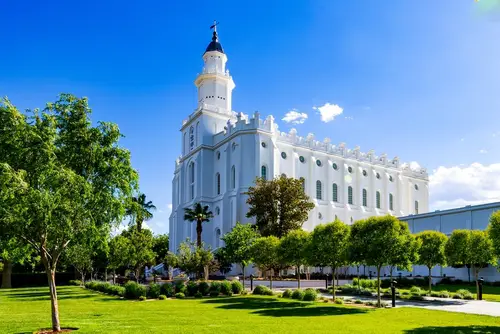
St. George has exploded in popularity among retirees seeking sunshine and access to national parks. Once a quiet desert town, its population has surged—many of them retirees. That steady migration has made it one of the fastest-growing metro areas in the U.S. Home prices have followed, climbing significantly in the past decade.
The attraction is clear: golf, hiking, and a warm climate. Retirees are willing to pay for that lifestyle, quietly bidding up prices. What was once a hidden gem has become harder to afford. St. George shows how retiree migration reshapes a town.
This post 16 Small Towns Where Retirees Are Driving Up Prices Quietly was first published on Greenhouse Black.
